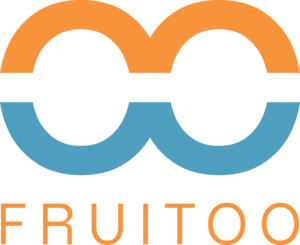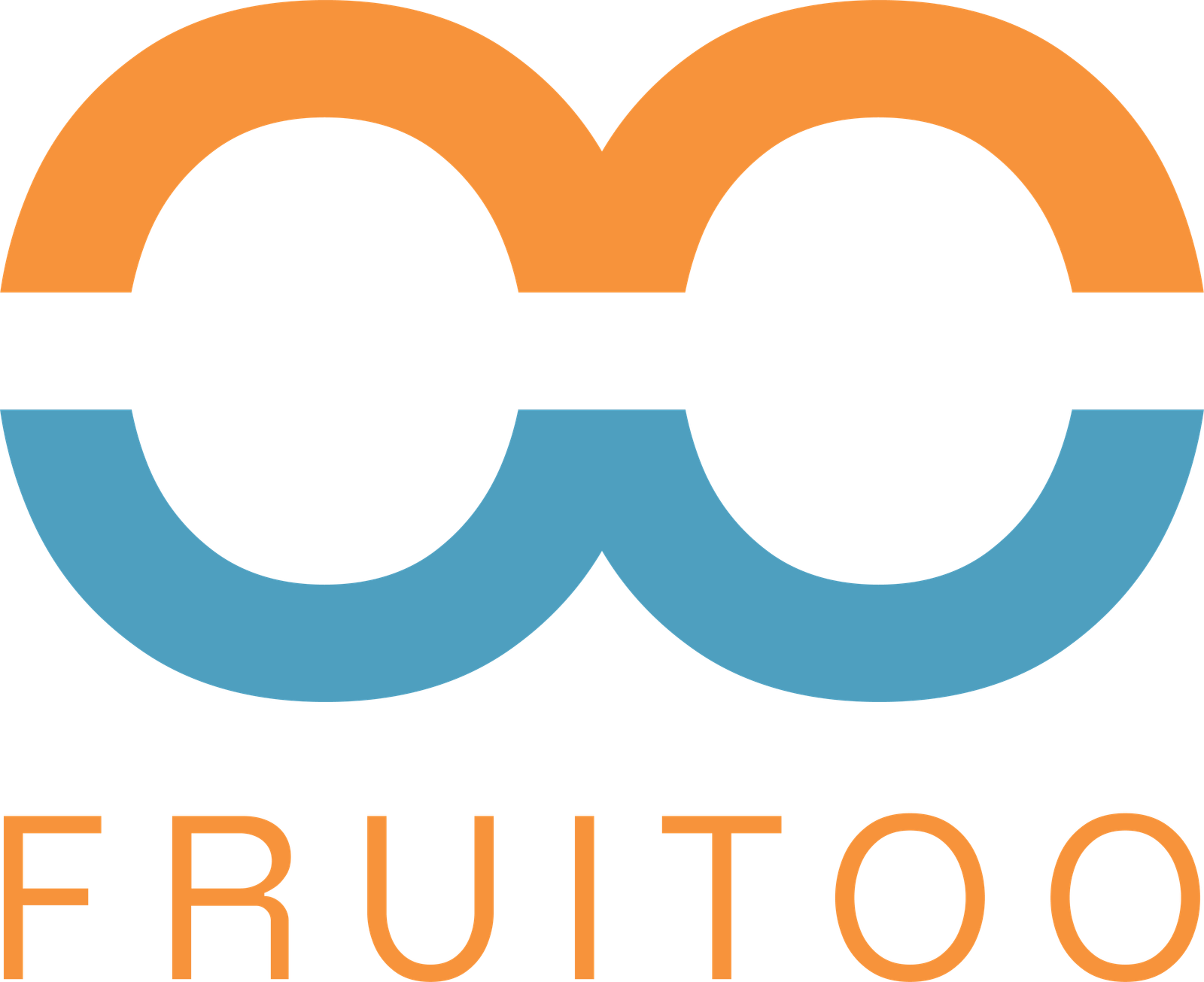- SERVICE
Our Pillars
SERVICE
We’re conquering the complicated to drive the business results for our clients.
TRUSTED
We put our clients at ease because they trust they’re in good hands with every project, every time.
IMPACTFUL
We work to make an impact in the work we do and in the world around us.
PURPOSEFUL
If you’re looking for a partner who can help you make an impact in a big way – we’re your people.
- INDUSTRIES
Our Pillars
SERVICE
We’re conquering the complicated to drive the business results for our clients.
TRUSTED
We put our clients at ease because they trust they’re in good hands with every project, every time.
IMPACTFUL
We work to make an impact in the work we do and in the world around us.
PURPOSEFUL
If you’re looking for a partner who can help you make an impact in a big way – we’re your people.
- ABOUT US
Our Pillars
SERVICE
We’re conquering the complicated to drive the business results for our clients.
TRUSTED
We put our clients at ease because they trust they’re in good hands with every project, every time.
IMPACTFUL
We work to make an impact in the work we do and in the world around us.
PURPOSEFUL
If you’re looking for a partner who can help you make an impact in a big way – we’re your people.
ABOUT US
Menu - RESOURCE HUB
Our Pillars
SERVICE
We’re conquering the complicated to drive the business results for our clients.
TRUSTED
We put our clients at ease because they trust they’re in good hands with every project, every time.
IMPACTFUL
We work to make an impact in the work we do and in the world around us.
PURPOSEFUL
If you’re looking for a partner who can help you make an impact in a big way – we’re your people.
- CONTACT US



